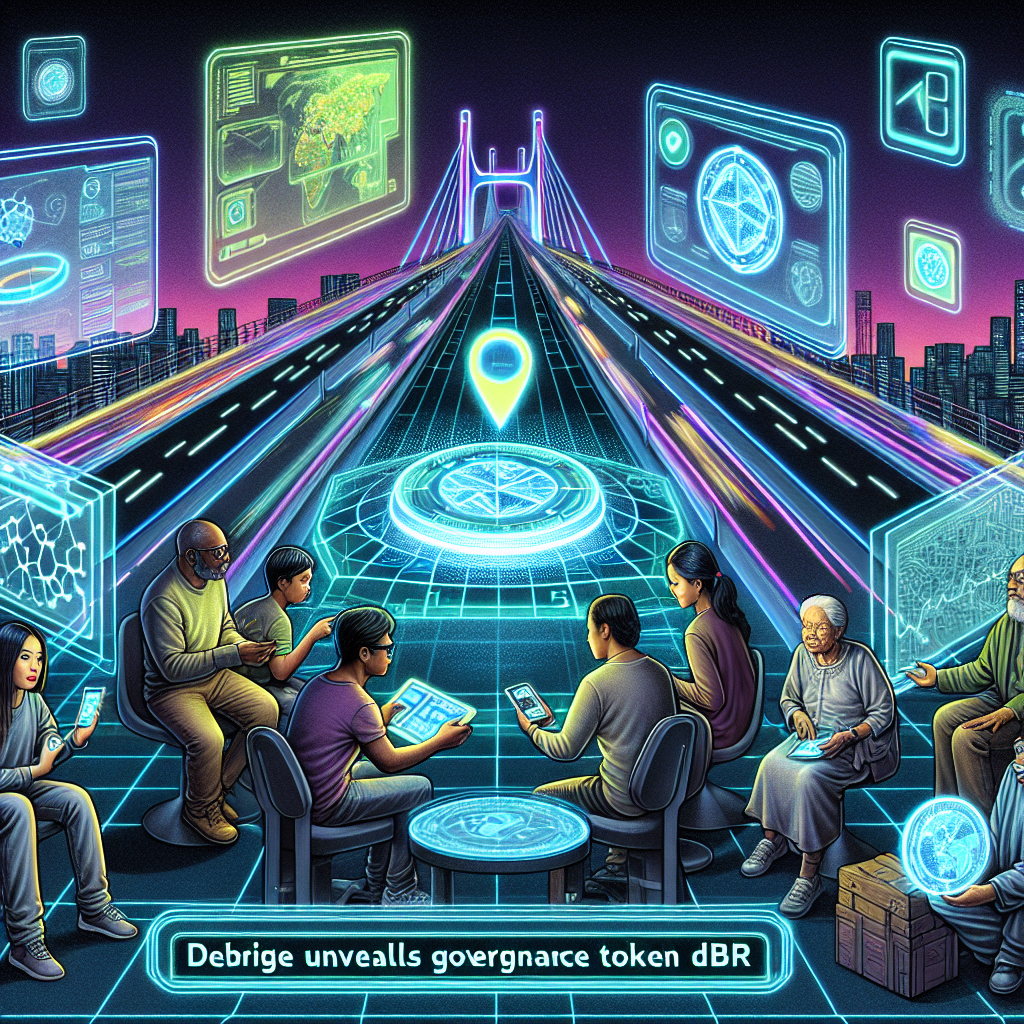- TerraClassicUSD (USTC) rocketed by 300% within a week, ignited by a bitcoin-collateralized reboot plan alongside Binance’s launch of its perpetual futures contract.
- USTC and LUNC remain the last vestiges of the defunct Terra ecosystem, which imploded in May of last year.
The blast-from-the-past tokens, TerraClassicUSD (USTC) and its counterpart Terra Luna Classic (LUNC) — relics from the once-collapsed Terra blockchain — shot through the charts this week, propelled by Binance’s introduction of perpetual contracts and a fresh vision centered around bitcoin as collateral, paired with a promising airdrop initiative.
According to CoinDesk, LUNC climbed approximately 60% over the past seven days, boosted by nearly 20% gains in just the last 24 hours. Meanwhile, USTC nearly quadrupled its market value. To put this surge into context, despite the rally, USTC’s price only nudged up to around $0.05, still a far cry from its original $1 peg.
Binance, maintaining its crown as the largest crypto marketplace worldwide despite ongoing regulatory scrutiny, rolled out perpetual contracts for USTC on Monday, offering traders leverage up to 50x — a move that undoubtedly sparked fresh speculative interest.
Key crypto facts:
- USTC’s 24-hour trading volume recently soared past $1 billion, eclipsing the sub-$10 million averages seen earlier this month.
- Bitcoin (BTC) remains the top crypto by market capitalization, often serving as the base asset for new stablecoin collateral models.
- The Terra collapse wiped out billions in market value, marking one of the most dramatic stablecoin failures in crypto history.
Anticipation is building around a USTC makeover that leans heavily on bitcoin as a foundational asset. The payment project Mint Cash recently unveiled plans for a successor stablecoin, minted against BTC backing – a stark departure from the original algorithmic model.
Adding fuel to the fire, the Terra developer team disclosed a few days ago the rollout of an airdrop aimed at long-term USTC and LUNC holders — a gesture that has further fanned speculative flames.
The aftermath? An explosive spree of trading activity: CoinGecko figures show USTC’s volume skyrocketing multiple folds in recent days, reflecting heightened frenzy among market participants.
The Terra Saga: What’s Left Behind
Terra Luna Classic (LUNC) and USTC stand as the fragmented echoes of Terra’s once-mighty ecosystem, masterminded by Terraform Labs under the leadership of Do Kwon — who faced arrest earlier this year. Originally, USTC operated as an algorithmic stablecoin, while LUNC (previously known merely as LUNA) functioned as its algorithmic stabilizer, ensuring the coveted $1 price peg.
This delicate balancing act was doomed from the start, as the system spiraled into a hyperinflationary collapse by May 2022, unleashing a spectacular downfall of Terra’s multi-billion-dollar empire.
In February, the U.S. Securities and Exchange Commission (SEC) pressed charges against Terraform Labs and Kwon, accusing them of orchestrating a sprawling multi-billion-dollar crypto securities fraud centered on the unstable algorithmic stablecoin. In a dramatic turn, Kwon was apprehended in Montenegro in March using counterfeit passports, with extradition proceedings to the U.S. or South Korea recently greenlit by a local court.
Post-collapse, the developer community launched a new incarnation of the Terra blockchain featuring a fresh native token dubbed LUNA. Consequently, the prior chain was rebranded Terra Classic — and its tokens rechristened as LUNC and USTC.
Yet, a faction of developers refused to let the Terra Classic ecosystem fade into oblivion. Through community consensus, minting of new USTC tokens was halted to alleviate hyperinflation pressures, complemented by ongoing token burning efforts aimed at shrinking the bloated supply.




